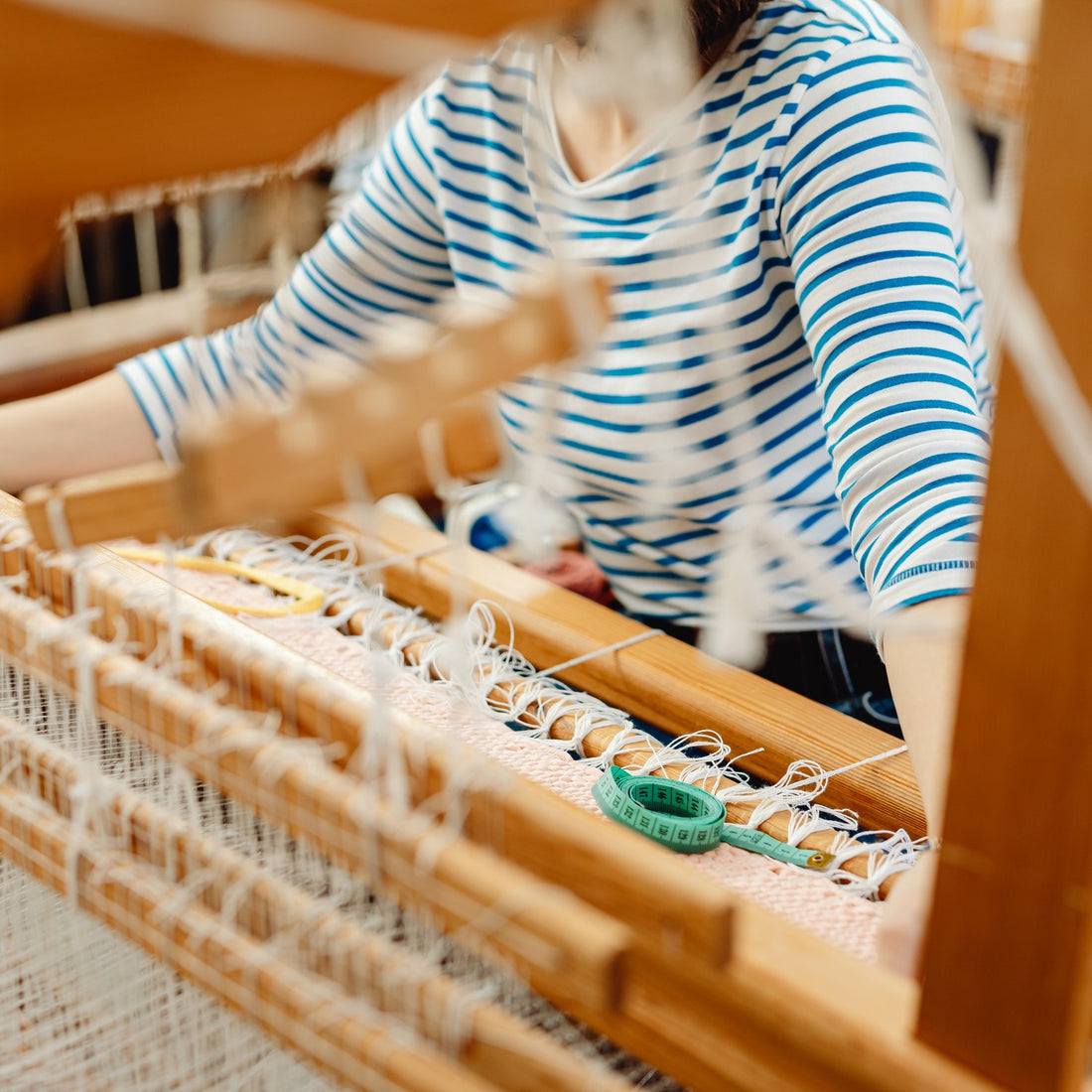Yarns are closely related to garments. When choosing yarns for garment factories, whenever they see terms like single 16 counts or double 32 counts, they have questions about what yarn count is, and what yarn count expresses?Bedecor's editors will take you through today.
What is Yarn count, and what does yarn count express?
It is usually expressed in terms of imperial Yarn count (S) in the "constant weight system" (which is divided into metric and imperial counts), i.e. how many strands of yarn of 840 yards per strand in a weight of one pound at a constant rate of return (8.5%), i.e. how many yarn counts This is the number of strands.
S is the imperial count, or Ne, which refers to the number of yarns weighing one pound at a metric return rate, and which is called a yarn of several 840 yards in length. In general, the yarn count of staple fibres is expressed as S. The thicker the yarn, the smaller the S value; the finer the yarn, the larger the S value, e.g. 40S is finer than 20S.
D is an abbreviation for Denier, a fineness expression for chemical fibres, and refers to the weight in grams of a 9000-metre length of filament at a metric moisture return rate. The count of filament yarn is usually expressed in D. The larger the D, the thicker the yarn, e.g. 75D is thicker than 50D.
Tex, also known as "number", is the old name for the male count. It is the number of grams of weight in a 1000-metre length of yarn at a constant rate of return.

Nm metric count refers to the number of metres times the length of 1 gram of yarn at a metric return rate, which means that 1 gram of yarn is exactly one metre long for 1 (metric) count of yarn, 1 gram of yarn is 200 metres long and the yarn is 200 counts fine. The metric count is also a fixed weight system, so the higher the count, the finer the yarn.
The dtex fractional tex, or fractional, is the number of grams of fibre strands in a length of 10,000 metres.
The following are the interconversion formulas for several units:
D=5315/S,D=9000/N,Tex=D/9,1Tex=1/10Dtex,Tex=100/N,Dtex=10D/9,Dtex=1000/N

What are the advantages of having more sticks?
The higher the count, the finer the yarn, the smoother the wool and the higher the price, but fabric count is not necessarily related to fabric quality. However, fabric count is not necessarily related to the quality of the fabric. A fabric with more than 100 counts can only be called "super". The concept of count is more applicable to worsted fabrics and is less relevant to coarse fabrics, such as Harris Tweed, which are very low count.
The higher the count, the finer the yarn
Yarn count is the most important indicator of how good a fabric is. The larger the count, the finer the yarn. 250 count wool is already 11 microns in diameter. The finer the yarn, the more refined and delicate the style of the woven fabric.
The higher the density, the better the waterproofness
Because the density is very high, so the high count fabric can also be waterproof, like red wine, tea, juice and other liquids spilled on the clothes, do not worry, the liquid will only roll on the fabric and not penetrate, this functional made into clothes is also less a point of caution more very spontaneous.

The pursuit of ultra-fine yarns is not always good
Yarns that are too fine are extremely difficult to produce and can easily break. For example, a Chinese group has produced 300 count fabrics, but they can only be exhibited at fabric meetings because their taking properties are so poor that they have no practical value at all. Therefore, in the pursuit of ultra-fine fibres, it is important to ensure that the raw material has superior properties.
Fabrics with more than 100 counts and less than 300 counts are the most popular high-end fabrics on the market at present.
Simply put, the quality of the fabric is not directly related to the count of the fabric, but the larger the count the more delicate and soft the fabric will be; the higher the density of the fabric, the better the waterproofness of the fabric, so if you have requirements for the waterproof function of the fabric, you can make a judgement based on the density of the fabric.


